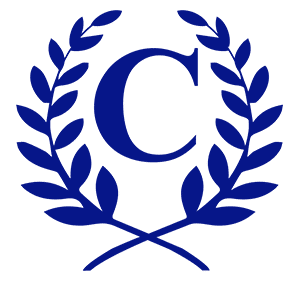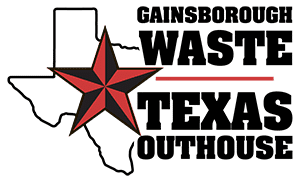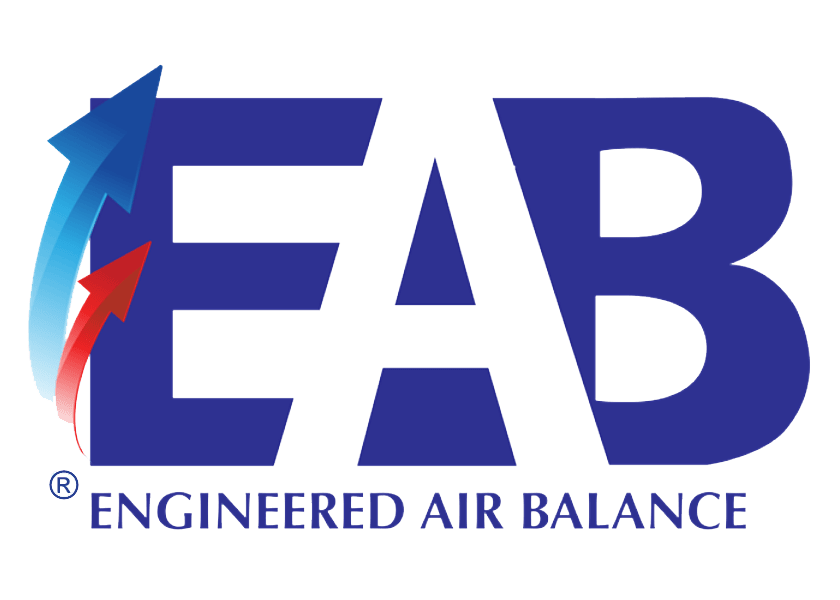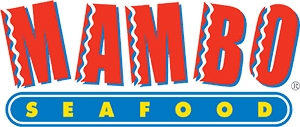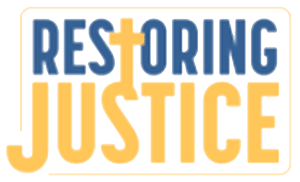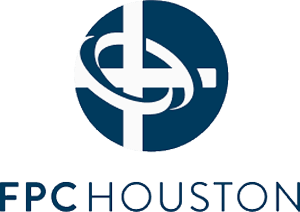The term “human capital management” can evoke a calculated view of people being relegated to a couple lines on the balance sheet. The phrase serves to remove the humanness, the nuance, the gifts that individuals bring when they contribute to an organized effort. We all understand the need to manage resources in a planned and measured way. We also know that growth does not occur just because we are organized and good planners.
In essence, business growth follows your people’s growth. The priority is more than just “managing human capital”.
Consider the effort it takes to plant a seedling that you envision someday becoming a tall, strong, healthy life sheltering tree. There are certainly capital investments and sweat equity involved to procure and plant the seedling. You will also select the specific variety and type for your planting project and then carefully position your tree for the desired effect.
Stimulating growth in your tree is achieved through a combination of light, regular water regimen, and feeding schedule. And, stimulating growth in your business is achieved through a combination of vision, nurturing a culture of accountability and by providing training. While roots are the source of strength for the tree, leadership capabilities are the source of strength for the business. Efforts to cultivate leadership capabilities expand team capacity and produces profitable outcomes.
How do I cultivate the deep roots of a skilled leadership team?
Don’t do it alone, get expert guidance and support.
The advice of a master gardener can save you a lot of time and effort. Recognizing that you need support to equip your people doesn’t signify weakness; rather, it demonstrates wisdom and foresight. You must grow a core group of strong leaders that understand the value of collaboration and will leverage the strengths of others to achieve collective goals.
Like the roots of a tree, the organization needs deep and healthy leadership roots to constantly deliver capabilities to all branches of the enterprise to expand growth. The end in mind is to equip layers of motivated and well-positioned leaders to routinely make smart people decisions.
Take training and development seriously.
Plan, execute, and reinforce strategic and targeted training so your leaders are capable and confident in handling the day-to-day developmental needs of their teams.
The larger your organization, the harder it is to reach your front-line contributors and to effectively equip, influence and guide them. You can only stretch so far and wear so many hats. So, how can you extend effective leadership beyond your personal reach when you grow from 10 to 50 to 500 people? It starts with a smart placement of the right people and the discipline to continuously develop the capabilities of each leadership branch that supports your vision.
Rethink your human resources function in the business.
Is your HR primarily viewed as a system for managing payroll and benefits data, or is it engaged in the expansion of leadership capabilities that extend your influence, encouragement and accountability into every function and all people in the business?
Strategic HR sees the humanness of our workforce and acknowledges and values the unique qualities, needs, and potential of each person you employ. It reinforces the fact that employees are not merely resources to be managed but rather individuals to be positioned for a purpose and then cultivated to expand their individual capabilities and the overall team capacity to produce profitable outcomes.
In conclusion, redefining HR from the impersonal human capital management view to a strategic force driving organizational growth is transformational. Using HR as a strategic partner to grow layers of leaders that are skilled and confident will impact all employees in your organization for the better. And employees who feel recognized and respected most often are more productive, collaborative, and loyal resulting ultimately in higher capacity and profitability for the organization.
























